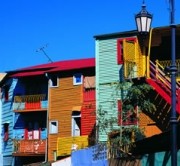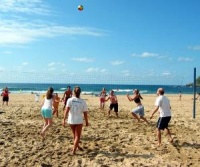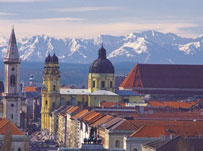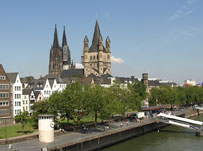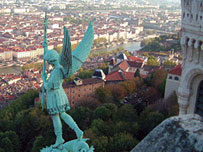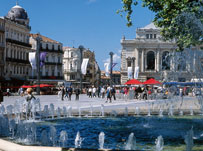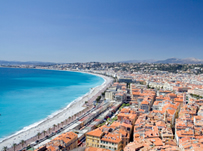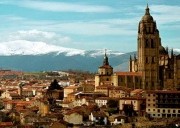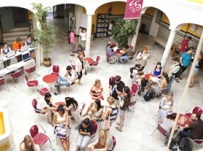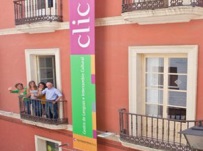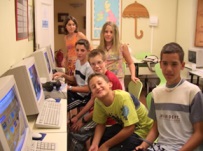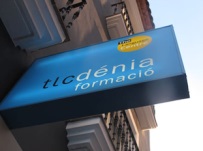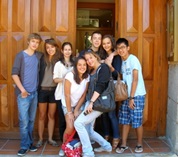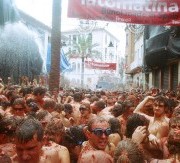Cactus case study – the story behind 13 courses in 8 years
Cactus talks to Naomi Sharp about her impressive history of 13 courses in 2 languages over 8 years with us
It’s not often that we get a client who has taken more than a handful of courses, so to find one who has taken 13 courses, in not just Spanish but also French, is an exciting rarity. I was keen to chat to Naomi to find out her motivation behind studying two languages and where it was all taking her.
The inspiration behind Spanish
For Naomi it all began after a holiday to Costa Rica back in 2004. Inspired to take up Spanish, she enrolled on an Open University course and decided to supplement this with immersion trips abroad through Cactus. Her first trip was to Alicante and since then there has been no stopping her, with Spanish courses now taken in Cuba, Ecuador, Chile, Argentina and even Bristol, to keep up the language on home soil.
In this time Naomi has progressed through the levels from elementary to intermediate and even thrown dancing into the mix, taking a Spanish & Salsa course in Havana, a Spanish & Salsa course in Malaga and a Spanish and Tango course in Cordoba, Argentina. She admits that this is what first attracted her to Cactus – the ability to learn a language and enjoy the local culture at the same time. She has thoroughly enjoyed her dance classes as many were on a one-to-one or small group basis with dance professionals – and of course they provide a perfect excuse to practise the language further.
A change of career paths with French
So where does French come in? Naomi’s long term goal is to teach English overseas with the voluntary service, and for this it is useful to have knowledge of French. Naomi used to be in the Air Force and as part of her resettlement package, in 2012, she enrolled on a 3-week French course with Cactus in La Rochelle. Subsequent courses in Antibes and Vichy last year took her up to intermediate level, equivalent B2 of the Common European Framework of Reference (CEFR).
Naomi has clearly had a wonderful few years visiting different parts of the world and working towards her long-term goal of teaching abroad. Language-wise, her sights are on the DELE and DELF diplomas in Spanish and French, while work-wise her next step is to teach English in Sri Lanka before heading to Spain or Latin America.
Tips for other language learners
Given all her experience learning languages over the years, I asked Naomi if she had any tips or advice for anyone else learning a language. First and foremost she recommended spending time in the country where your target language is spoken, and taking every opportunity you can to speak with the locals. People are always friendly and willing to chat, and it doesn’t matter if you make mistakes as this is all part of the learning process. Having said this, Naomi found her evening classes in Bristol to be a good complement to her overseas courses, as the class size was small and the teacher a native speaker, making it not too dissimilar to her overseas experience.
One other factor that is likely to have helped Naomi’s immersion into the many cultures she has experienced has been her preference to stay with local families where possible. For her, living with a host family gives an extra opportunity to chat in the language, coming together at mealtimes for example. Some people may shy away from this option, believing their language isn’t good enough to stay with a family, but Naomi pointed out that families are used to receiving students of all levels and as such they know how to speak to you.
If there was ever a way to combine your love of languages with work and travel then surely Naomi has found it. The great thing is that there is never really an end to language learning and there are many different ways to make it work for you, wherever you are – of which Naomi is a perfect example. Many thanks to Naomi for taking to time to talk to us and we wish her all the best with her future globetrotting and linguistic adventures!
Cactus offers language courses in over 20 languages in destinations all over the globe. We also offer 10-week evening language courses in London and across the UK which are great preparation for an overseas trip and ideal for long-term learning.

